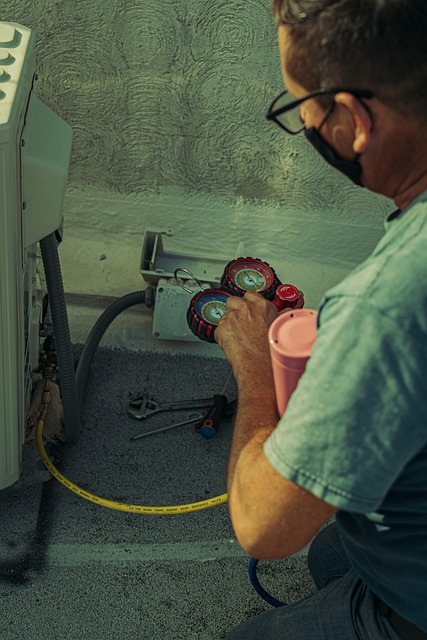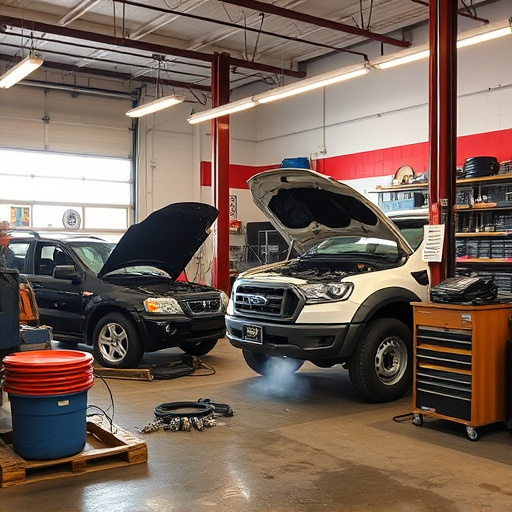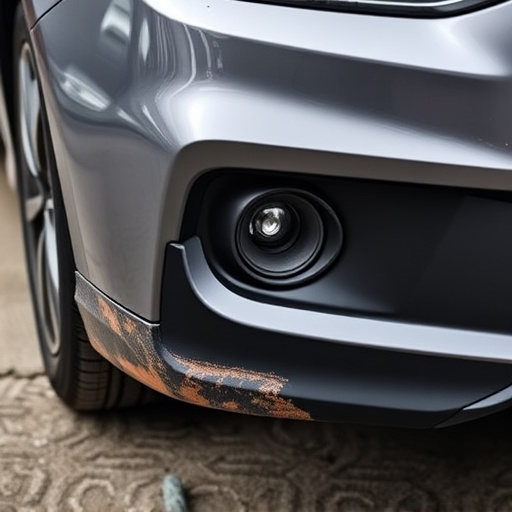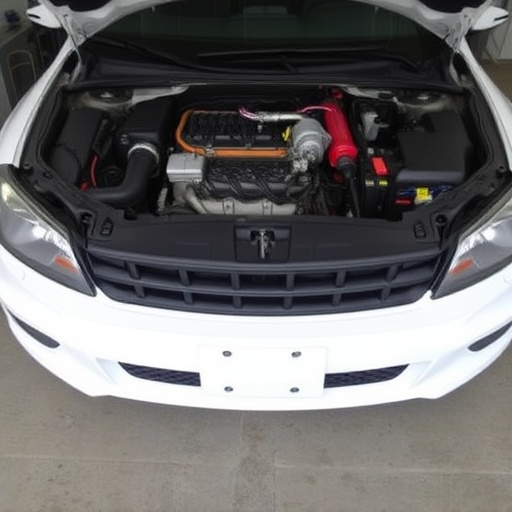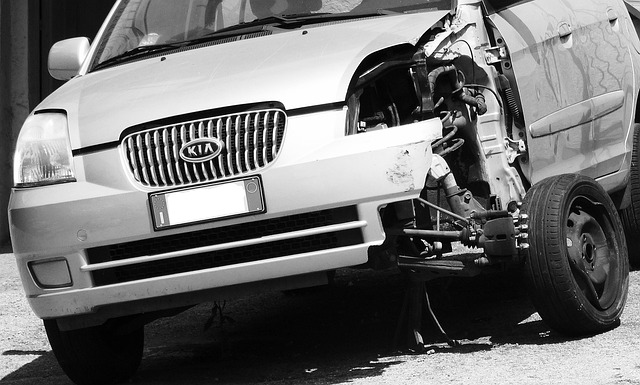Tesla's dashcam configuration lets users customize camera settings for efficient video evidence capture during vehicle repairs. A simple process on the central display allows resolution and recording frequency adjustments, with third-party app integration for advanced features. Footage access is swift via the touchscreen menu, facilitating incident review and sharing for repair processes while adhering to local privacy laws. Responsible handling of exported dashcam data is crucial for legal considerations, especially in public spaces.
Uncover the power of your Tesla’s built-in dashcam with this comprehensive guide. Learn how to navigate and configure your vehicle’s advanced recording system, ensuring optimal performance for safe driving and potential legal protection. From understanding key settings to exporting footage legally, this article provides a step-by-step process. Master the art of Tesla dashcam configuration and explore the seamless process of sharing recordings, all while adhering to legal requirements.
- Understanding Tesla Dashcam Configuration
- Setting Up and Accessing Your Dashcam
- Exporting and Sharing Dashcam Footage Legally
Understanding Tesla Dashcam Configuration
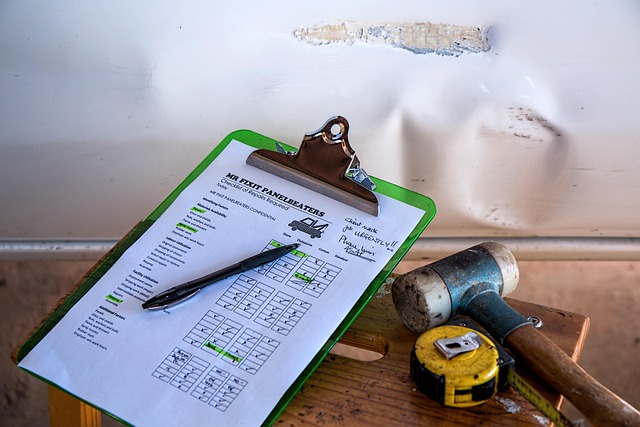
Tesla dashcam configuration is a feature that allows drivers to access and manage video footage recorded by their vehicle’s onboard camera system. This configuration is more than just setting up the camera; it involves understanding how the system captures, stores, and protects data from the dashcam. A key aspect of Tesla dashcam configuration is customizing settings like resolution, recording frequency, and storage management, ensuring that you get the most out of your car’s recording capabilities.
For instance, drivers can set their Tesla to record continuously or at specific intervals, depending on their needs. They can also choose between different video quality options, balancing between detail and file size. This configuration is crucial, especially for those who use their vehicles for business purposes or in regions with varying laws regarding dashcam footage export and retention—a process that involves extracting and saving the recorded videos for future reference or legal purposes. Efficiently managing these settings can facilitate seamless car restoration or fender repair processes by providing clear, detailed records of events on the road.
Setting Up and Accessing Your Dashcam

Setting up your Tesla dashcam is a straightforward process that can be completed via the vehicle’s central display system. Once powered on, the dashboard will guide you through the initial configuration steps, allowing you to customize settings such as recording resolution and loop duration. You can also integrate third-party apps for advanced features like incident detection and cloud storage.
Accessing your dashcam footage is equally effortless. After configuring the system, simply navigate to the dashcam menu from your vehicle’s touchscreen. From there, you can select specific recordings or use date and time filters to find the desired segment. This seamless integration ensures that you can quickly review incidents or share evidence for vehicle repair and automotive repair purposes without any hassle, enhancing road safety and peace of mind.
Exporting and Sharing Dashcam Footage Legally

Exporting and sharing Tesla dashcam footage legally is a crucial aspect of responsible ownership. After configuring your Tesla’s dashcam to record important drives, you must understand the legal implications of sharing this data. In many jurisdictions, recording and distributing video footage from a vehicle requires adherence to specific regulations, especially when it involves public roads and other individuals.
Before exporting any dashcam footage, familiarize yourself with local laws regarding privacy and surveillance. Ensure that you have permission to share the video if it captures other people or vehicles. For instance, in the case of an accident or emergency, dashcam recordings can be invaluable for insurance claims and legal proceedings, but they must be handled and shared responsibly, much like any other evidence in auto repair services or auto bodywork scenarios.
Tesla’s dashcam is a powerful tool for capturing and sharing driving experiences, but understanding its configuration and export process is essential. By mastering the art of setting up and accessing your dashcam, along with adhering to legal guidelines for exporting footage, you can ensure a seamless and lawful experience. With these steps, you’re not just a driver; you’re a filmmaker in your own right, capturing moments that could become invaluable memories or even crucial evidence.
